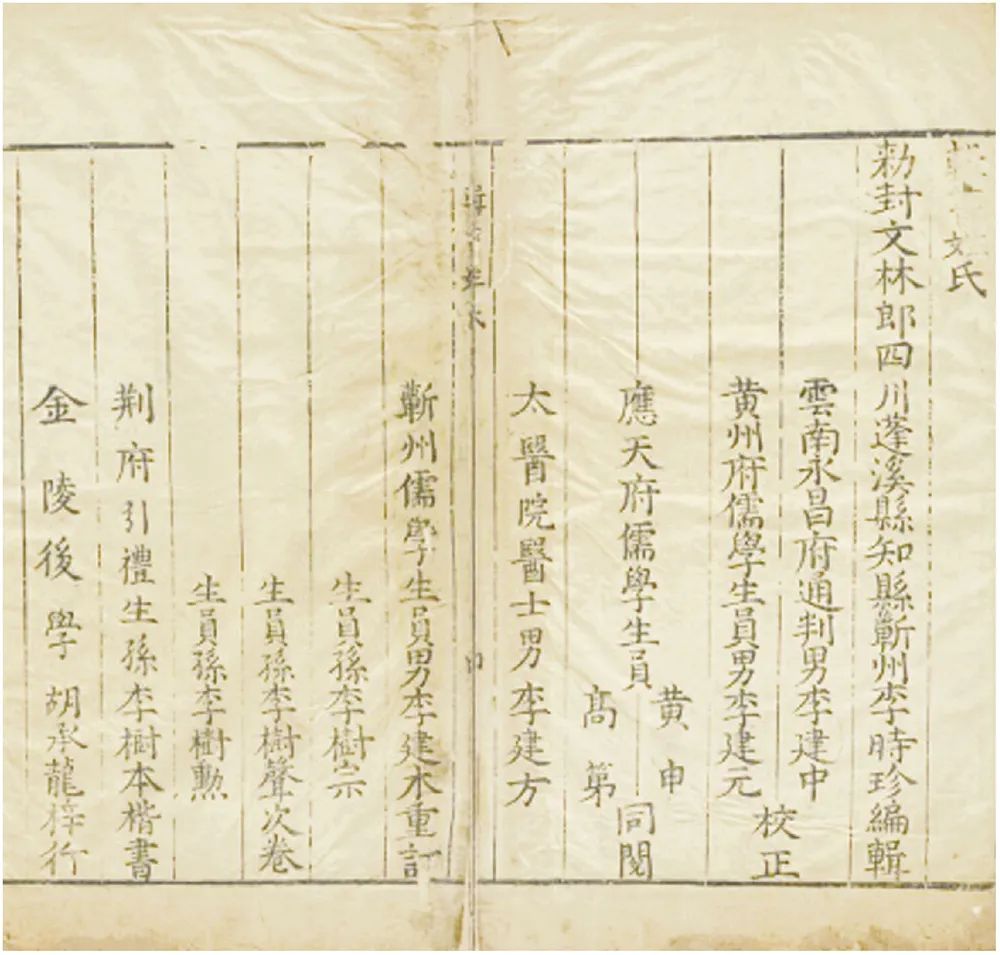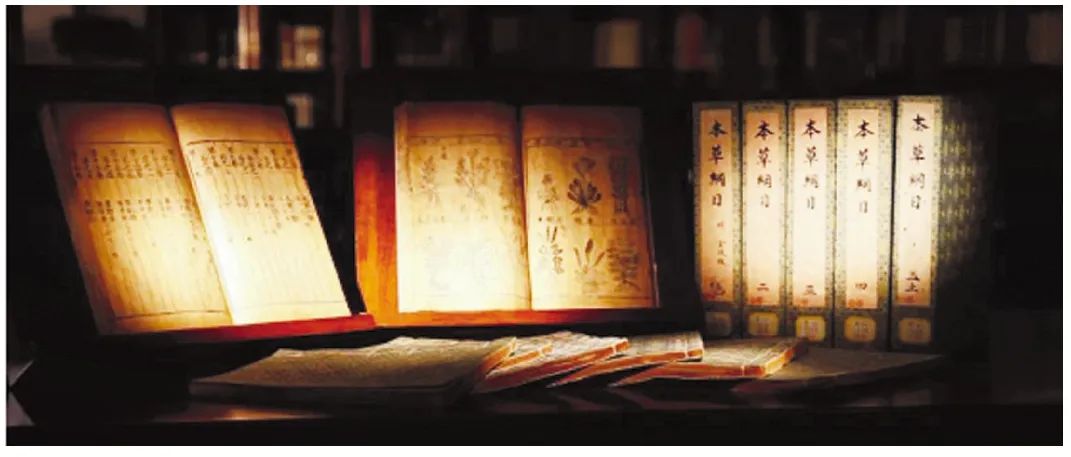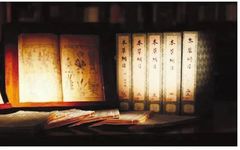

The Compendium of Materia Medica – Inner Pages
Selection Date: 2011
Country of Application: China
Storage Location: Library of the China Academy of Chinese Medical Sciences
The Compendium of Materia Medica (Bencao Gangmu) is an encyclopedic classic of Chinese herbal medicine, completed by the renowned Ming dynasty physician Li Shizhen after 27 years of work. It covers various fields including medicine, botany, zoology, mineralogy, and chemistry, and has been praised by British biologist Charles Darwin as “an ancient Chinese encyclopedia.” The book references nearly 300 ancient Chinese medical texts prior to the 16th century and over 400 ancient Chinese historical texts, many of which no longer exist. The Compendium of Materia Medica represents the achievements of pharmacology in East Asia before the 16th century and is a milestone in the development of world medicine and culture. From the 18th to the 20th century, it was fully or partially translated into multiple languages including English, French, German, and Russian, and widely disseminated around the world.

The Compendium of Materia Medica
The Compendium of Materia Medica systematically introduces the development of pharmacology in East Asia before the 16th century through its unique compilation method. It not only records the medicinal resources of China before the 16th century but also includes natural medicines and related knowledge introduced from Persia, India, and the Mediterranean regions. The main text consists of 52 volumes, with 1 volume of directory and 2 volumes of illustrations, totaling 1109 illustrations and nearly 1.9 million words, covering 1892 types of medicines and over 11,000 prescriptions. The first two volumes serve as a preface, introducing ancient Chinese pharmacological works prior to the Compendium of Materia Medica, systematically summarizing important theories of Chinese medicine, and explaining medication prohibitions, pregnancy prohibitions, and dietary prohibitions; volumes 3 to 4 focus on the main treatment section, detailing the medicinal substances for diseases caused by external pathogens and internal injuries across internal medicine, gynecology, and pediatrics; the remaining volumes are specific drug sections, introducing each listed drug in eight aspects: name explanation (listing the different names and origins of the drugs), collection (discussions on the drug’s origin, morphology, cultivation, and harvesting), preparation (methods of processing and preserving the drugs), properties (medicinal properties), indications (main symptoms treated), invention (explanation of pharmacological effects or personal insights), corrections (correcting errors in previous materia medica), and attached prescriptions (various empirical prescriptions and their indications).
The classification method established by the Compendium of Materia Medica is the most advanced classification method in traditional pharmacology at that time, inheriting and developing the classification method from the Song dynasty’s Zhenglei Bencao. The specific drug sections classify drugs according to categories such as herbs, grains, vegetables, fruits, woods, textiles, insects, scales, shells, birds, beasts, and human-use medicines, which coincides with Darwin’s theory of evolution. Its secondary classification of drugs predates the biological classification of Swedish botanist Carl Linnaeus by 200 years. The publication of the Compendium of Materia Medica not only improved the compilation and classification methods of traditional medical books but also holds significant scientific value in the study of ancient biological classification.
The Compendium of Materia Medica preserved in the Library of the China Academy of Chinese Medical Sciences is printed using woodblock printing, showcasing typical characteristics of Chinese printing from the 13th to 14th centuries. It is a thread-bound book, measuring 27.6×17.4 cm, with 12 lines per page and 24 characters per line, representing an outstanding example of ancient Chinese literature printed using woodblock printing techniques. All illustrations in the book are hand-carved and printed, with exquisite and vivid images that fully reflect the achievements of ancient Chinese printmaking art. This book was compiled by Li Shizhen, with his sons Li Jianzhong, Li Jianyuan, and Li Jianmu responsible for revisions and illustrations, and was published in the 21st year of the Wanli era (1593) in Jinling (now Nanjing) by Hu Chenglong. This is the earliest and best-preserved version in the world, and it is the only version compiled by the Li family to date. This version is also the ancestor of all versions of the Compendium of Materia Medica that have emerged since its publication.

Previous Recommendations
01
Mao Zedong at the Turning Point of Our Party’s History
02
Strict and Kind: Zhou Enlai and the Children of Martyrs
03
For the Anti-Japanese National United Front: Liu Shaoqi’s Work in the Northern Bureau of the Central Committee in 1936
04
Deng Xiaoping and the Birth of the 12th Party Constitution
05
From Anti-Japanese Songs to the National Anthem of New China: The Story Behind the March of the Volunteers



